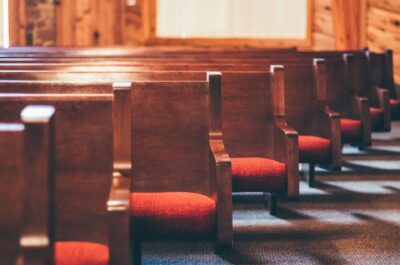
Six months ago, I announced my intention to retire at the end of this academic year. I’ve worked at the same university for 20 years—as a professor, a department chair, and a dean. But it’s time to step aside and let others move into these roles. How do we know when it’s time to let go and retire? For me, there were three key indicators:
- When I realized that I was running out of fresh ideas.
- When I noticed how much talent there was around me.
- When I accepted that I could afford to do so.
I don’t intend to retire completely—I plan to submit a book manuscript by December (on congregations engaging their communities), do more consulting, and spend more time with grandchildren. But it’s time. As the Swiss-German poet Hermann Hesse noted, “Some of us think holding on makes us strong, but sometimes it is letting go.”






